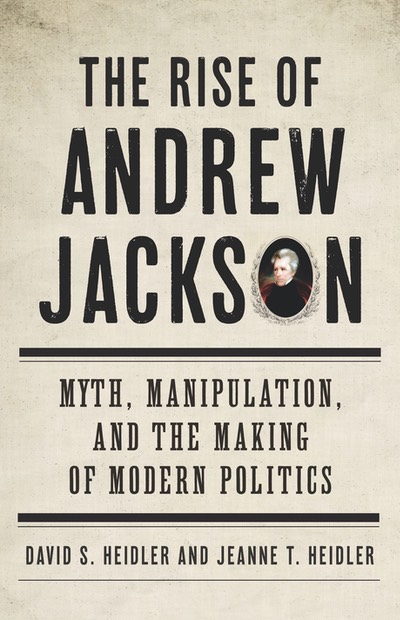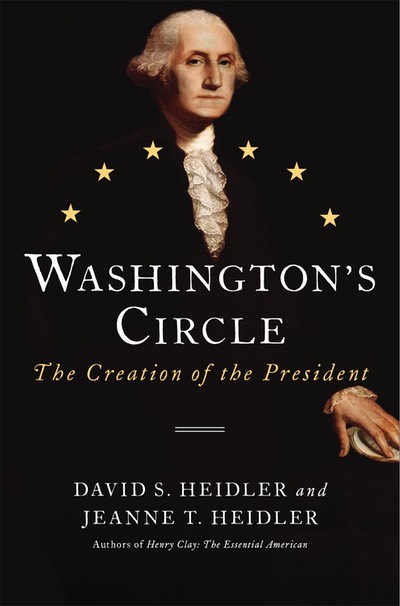Major Edward Moor returned from church late Sunday afternoon on February 2, 1834, to find his servants agitated and baffled. They told him that the call-bell for the dining room, which was connected by a wire to the kitchen, had rung no less than three times that afternoon. It had startled them at first because they thought that the house was empty but for themselves, as indeed a search showed it was. Yet the bell for an empty room was being pulled by someone — or something. It was the latter possibility that frightened them.
Moor, however, was only amused by what he thought was an obvious prank. Somebody had been pulling the bell wire, he concluded, to pull his servants’ legs. It was the kind of logical conclusion one would expect from a man of Moor’s standing and experience. At 63, he for years had been famous for his work on Hindu mythology in which he had immersed himself during his military service of more than twenty years for the East India Company. He retired in 1802, published his masterwork The Hindu Pantheon four years later, and promptly became a Fellow of the Royal Society. The quiet setting at Great Bealings, Suffolk, appealed to the scholar in him, and in 1806 he moved there with his wife and children to live in the grand house where absolutely nothing had disturbed their peace and quiet for almost thirty years. Then suddenly his house’s call-bells began ringing that Sunday in 1834.
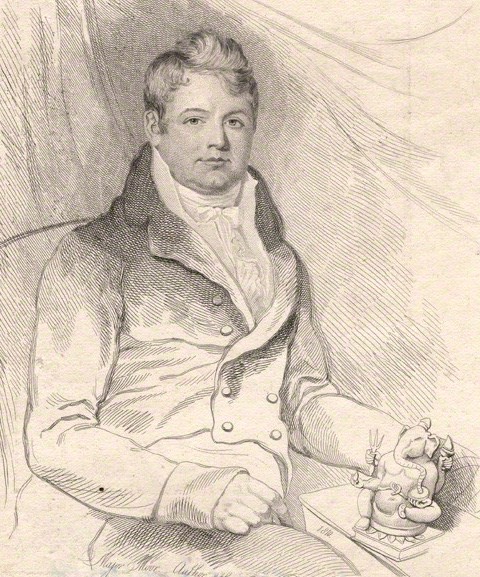
Maj. Edward Moor in 1810
Moor was out of the house again on Monday when some unseen force rang the dining room bell several times in the afternoon. He reassured his staff that it was likely blackbirds settling on the wire for the short length it was exposed on the outer wall next to a pear tree, a necessity caused by the bells having been installed long after the 18th century house was built. Moor’s explanation made sense.
Moor was away on Tuesday as well, but servants greeted his return around 5:00 with clear declarations that whether the ringing was a humorless prank or the work of a bird, they had heard enough of it. Five of the nine call-bells in the kitchen had not just been ringing, but had been ringing for long stretches all at once. In each instance, the bells pealed away for several minutes, then fell silent for about a quarter hour, and then started up again. It was most irritating, said the servants, but Moor could tell they really meant it was unnerving.
A more thorough investigation was in order, and with his son he repaired to the kitchen. They had just begun to gaze at the configuration of the bells and their wires when the bells began ringing so violently that the commotion made the two leap backward. After calming themselves, the father and son watched fascinated as the bells danced frantically for several minutes before stopping. They were looking at them more closely when they started up again, the time marked as ten minutes from the previous incident. They stopped minutes later and started up again a quarter hour on. It kept up that way until 8:00 PM, and then all fell silent for an hour until a small bell connected to the attic let out a single, gentle “ting.”
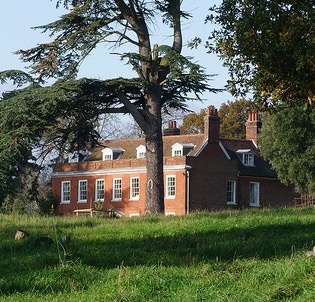
Moor’s Home at Great Bealings
The day after — Wednesday, February 5 — Edward Moor focused his logical and observational powers on this business with diligence. He had plenty of opportunity to do so, because the bells merrily continued in the way they had on Tuesday for the next 54 days. Such frequency had the advantage of removing the bells’ capacity to startle and, after a time, even to scare the most superstitious members of the household. Instead, the pattern became annoying because it was predictable: five of nine bells rang all at once for several minutes, or sometimes only three of the other four would, with the little attic bell offering up a solitary ting for occasional variety. Day after day, Moor, family, and servants watched crank-pulls, tested wires, and listened to the jangle of bells in the kitchen sounding three to four times an hour. But no cause for the event was ever found, and no purpose for the ringing was ever revealed.
Moreover, Moor could not for the life of him duplicate with manual manipulation the way the bells seemingly rang on their own. He pulled strenuously on the cranks in the different rooms, but the bells would never ring violently. He tampered with the wires in between, even pulling hard with a hoe at the one place where several could be tugged at once, but hard jerks on the wires in this way didn’t cause the bells to ring at all, let alone with the frantic urgency that they did on their own. It was impossible for five people stationed in the five different rooms for the five different bells to make them dance by pulling their cranks, but the bells did this — on their own, day after day after day.
On March 28, 1834, the household awakened as usual and had been at routines for several hours when it suddenly occurred to everyone that the day had been strangely silent. Not a single bell rang that day on its own. In fact, they never again rang on their own. The phenomenon that had begun some seven weeks earlier and had driven everyone to distraction each day afterward had just as suddenly stopped. There was no explanation. There never has been.
The ringing of bells in Moor’s house at Great Bealings was possibly a prank or the work of a spiteful servant, but these possibilities would be more plausible if the ringing had only lasted a short time. The span of 54 days is hard to explain. A phenomenon lasting that long and establishing such predictability allowed for a thorough investigation that certainly would have unmasked its perpetrator. Moor wrote to the local newspaper about the events, invited commentary and opinions (and got plenty), and later published a book about the bells in his house as well as similar occurrences elsewhere that his curiosity had turned up. He somewhat tentatively concluded that the cause of the ringing call-bells was supernatural.
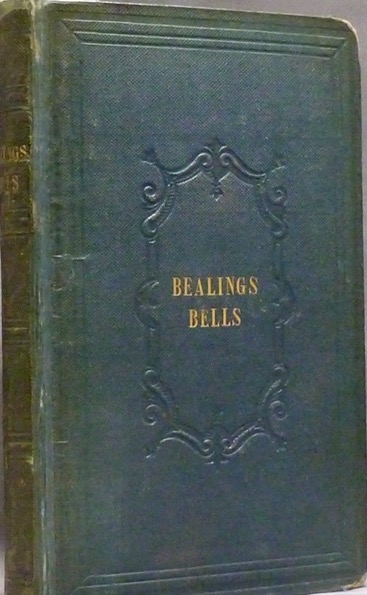
It was an odd conclusion for a Fellow of the Royal Society, and almost everyone has dismissed it as wrong. The bells at Great Bealings were apparently preternatural, but that doesn’t offer much help either. The preternatural happening is observable and even can be predictable, but it is otherwise inexplicable. Preternatural occurrences are in the category of a piano that all by itself strikes the same chord every other day at 3:35 AM or a harp without a player that plucks the same string at noon on Tuesdays. We can concoct theories about humidity swelling a piano’s soundboard or the temperature contracting a harp’s string, but they remain only theories about maddeningly obvious events that defy conventional explanations.
Edward Moor imagined a poltergeist’s unseen hand on the wire pulls of his servant bells, and that is probably just as sound an idea as any other, especially as we consider Halloween, when strange things happen, and some of them happen to be true.
